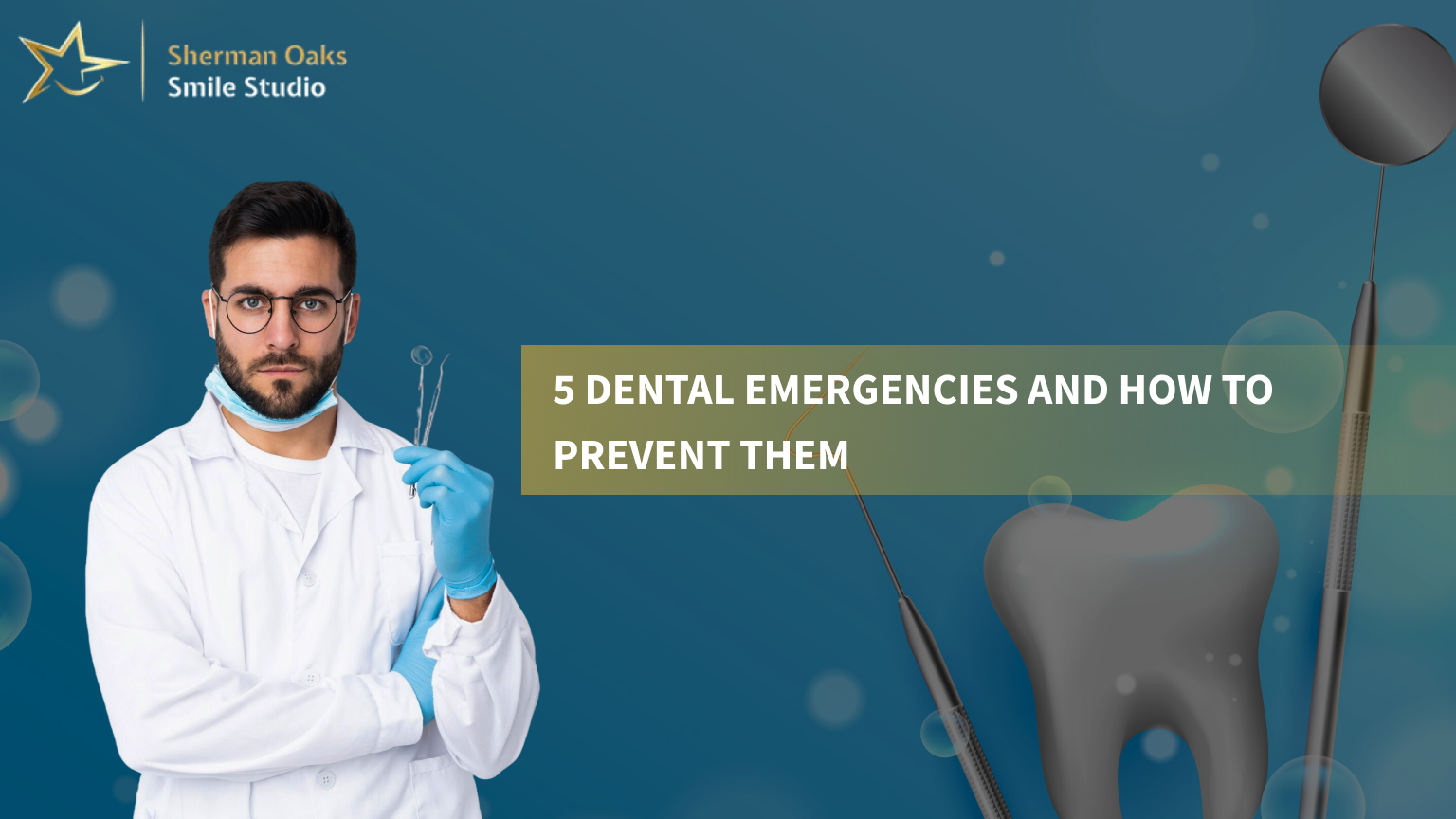
Table of Contents
ToggleUnderstanding Cavities and Their Appearance
Your mouth’s well-being depends on spotting early signs of trouble, especially those pesky cavities. You might ask yourself, what does a cavity look like?
Sometimes, you first notice tiny white specks on your tooth’s surface. This is a hint that minerals are being lost, and as the decay moves in, it can quickly turn into darker, uneven patches. This kind of breakdown weakens your tooth and can bring on uncomfortable sensitivity and pain.
Cavities might even be behind that lingering bad breath since bacteria love to settle in those damaged spots and release their not-so-pleasant odors. And when dental problems seem to hit out of the blue, getting help from an emergency dentist in Sherman Oaks can be a real lifesaver. Dental offices play a key role here because stepping in early can stop further issues and help you keep your overall smile in shape.
The Connection Between Cavities and Bad Breath
A dark spot on your tooth might be more than just an unsightly mark; it could be pointing toward deeper mouth troubles.
Have you ever wondered what a cavity looks like?
Usually, it shows up as an oddly colored patch, often dark brown or even black, which generally means the enamel is wearing down and germs are starting to gather. When decay takes hold, it creates a snug little nook where food bits and bacteria can stick around; eventually, these bacteria break down sugars and release stinky sulfur compounds that mess up your breath.
Dentists often say that if you notice these early signs, it’s best to get checked sooner rather than later, since quick care can keep tougher problems at bay. Realizing that a small cavity can lead to bad breath reminds you why daily care matters and why having round-the-clock access to dental emergency care is so important.
Tips from Dentists for Managing Bad Breath Caused by Cavities
Bad breath can get a lot worse when cavities are around, largely because bacteria just love hanging out in decayed spots on your teeth. You might see a cavity as a dark spot or a small hole in your tooth, a clear sign that it’s time to get your smile checked out.
Most dentists suggest sticking with a simple routine, which is brushing twice a day with fluoride toothpaste and flossing regularly. This helps keep those bacteria in check.
Regular dental visits also play a big role. They let professionals catch and treat these issues before they turn into serious problems.
And if the pain gets too much or you notice a sudden spike in discomfort because of a cavity, calling an emergency dentist in Sherman Oaks (yes, there’s 24/7 dental – emergency dental care available) can bring quick relief.
In most cases, keeping up with proper oral care and acting early can effectively manage bad breath linked to cavities while keeping your overall dental health on track.
Final Words
Understanding how cavities and bad breath are linked is a big deal for overall well-being, not just for a bright smile. You might notice a problem when a tooth shows unexpected dark spots, tiny holes, or even soft patches that aren’t quite right. Those changes don’t only signal weakening dental health; they also give bacteria a cozy spot to thrive, which can lead to that unpleasant odor.
Access Trusted 24/7 Dental - Emergency Dental Care
Now that you understand what does a cavity look like, a quick visit to an emergency dentist in Sherman Oaks can nip these issues in the bud before they spiral into chronic problems. 24/7 dental emergency services offer care at any hour, so help is never far away. When you see that connection between cavities and halitosis more clearly, it makes sense to stick with regular check-ups and keep an eye out for any warning signs, even if things feel okay at first.
All in all, paying attention to these signals is a smart way to fight off bad breath and keep your dental health solid over time. To get professional assistance, visit Sherman Oaks Smile Studio.
